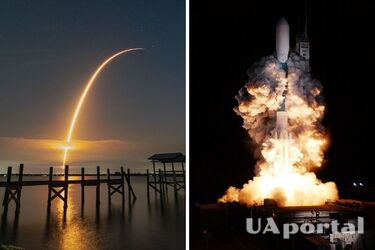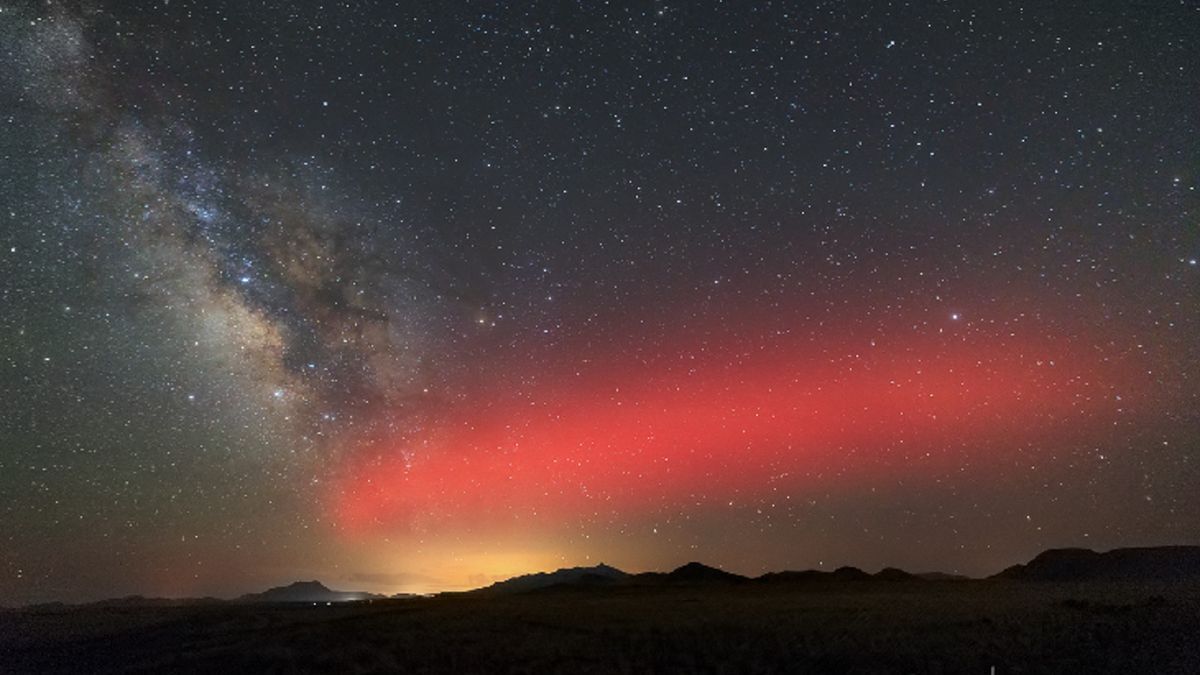Scientists sound the alarm: Elon Musk's rockets tear through the sky and leave bloody atmospheric holes

Astronomers at the MacDonald Observatory in Texas have discovered a new type of aurora created by the fall of SpaceX rocket boosters. These blood-red light shows, known as "SpaceX auroras," can be dangerous for astronomy and communications.
According to the Live Science Newsletter, researchers have known for decades that launching rockets into space can punch holes in the upper ionosphere, the part of the atmosphere where gas is ionized or stripped of electrons. These "ionospheric holes" can excite gas molecules in this part of the atmosphere and cause bright streaks of red light similar to the aurora borealis.

Now, astronomers at the Macdonald Observatory have spotted similar but unique red lights that appeared long before SpaceX Falcon 9 rockets left Earth's atmosphere. These lights, which are smaller and more spherical than the long streaks created during rocket launches, are the result of ionospheric holes carved by the rockets' secondary boosters as they fall to Earth after disengaging from the rockets.
Astronomers spotted the first of these SpaceX auroras over the observatory in February, and are now seeing "2 to 5 of them every month." The red orbs are "very bright" and "easily visible to the naked eye".
Lift-off rockets and boosters descending from orbit cause ionospheric holes by releasing propellant into the ionosphere, which causes ionized oxygen atoms to recombine, or turn into regular gas molecules. This transformation excites the molecules and causes them to emit red light.
Like large light shows, ionospheric holes do not pose a danger to life on the Earth's surface. However, they can disrupt short-wave radio communications and interfere with GPS signals.
When birds and other animals migrate seasonally, they are guided by the geomagnetic field. However, coronal mass ejections on the Sun regularly trigger Earth's magnetic storms, which can temporarily disrupt the navigation process of birds on long-distance flights.
If you want to get the latest news about the war and events in Ukraine, subscribe to our Telegram channel!
